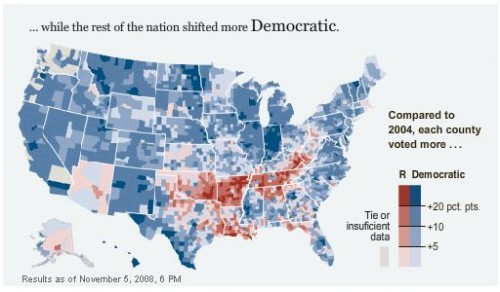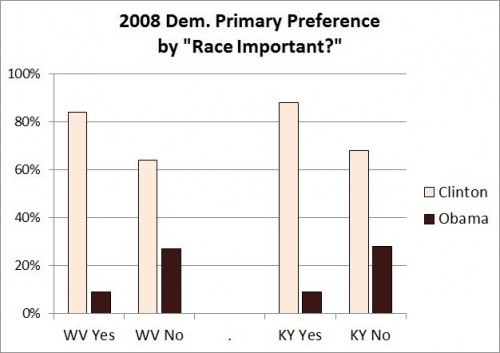Cross-posted at Jezebel.
I’ve been watching the response to Anne-Marie Slaughter’s Why Women Still Can’t Have It All roll out across the web. Commentators are making excellent points, but E.J. Graff at The American Prospect sums it up nicely:
Being both a good parent and an all-out professional cannot be done the way we currently run our educational and work systems… Being a working parent in our society is structurally impossible. It can’t be done right… You’ll always be failing at something — as a spouse, as a parent, as a worker. Just get used to that feeling.
In other words, the cards are stacked against you and it’s gonna suck.
And it’s true, trust me, as someone who’s currently knee-deep in the literature on parenting and gender, I’m pleased to see the structural contradictions between work and parenting being discussed.
But I’m frustrated about an invisibility, an erasure, a taboo that goes unnamed. It seems like it should at least get a nod in this discussion. I’m talking about the one really excellent solution to the clusterf@ck that is parenting in America.
Don’t. Have. Kids.
No really — just don’t have them.
Think about it. The idea that women will feel unfulfilled without children and die from regret is one of the most widely-endorsed beliefs in America. It’s downright offensive to some that a woman would choose not to have children. Accusations of “selfishness” abound. It’s a given that women will have children, and many women will accept it as a given.
But we don’t have to. The U.S. government fails to support our childrearing efforts with sufficient programs (framing it as a “choice” or “hobby”), the market is expensive (child care costs more than college in most states), and we’re crammed into nuclear family households (making it difficult to rely on extended kin, real or chosen). And the results are clear: raising children changes the quality of your life. In good ways, sure, but in bad ways too.
Here are findings from the epic data collection engine that is the World Values Survey, published in Population and Development Review. If you live in the U.S., look at the blue line representing “liberal” democracies (that’s what we are). The top graph shows that, among 20-39 year olds, having one child is correlated with a decrease in happiness, having two a larger decreases, and so on up to four or more. If you’re 40 or older, having one child is correlated with a decrease in happiness and having more children a smaller one. But even the happiest people, with four or more children, are slightly less happy than those with none at all.
Don’t shoot the messenger.
Long before Slaughter wrote her article for The Atlantic, when she floated the idea of writing it to a female colleague, she was told that it would be a “terrible signal to younger generations of women.” Presumably, this is because having children is compulsory, so it’s best not to demoralize them. Well, I’ll take on that Black Badge of Dishonor. I’m here to tell still-childless women (and men, too) that they can say NO if they want to. They can reject a lifetime of feeling like they’re “always… failing at something.”
I wish it were different. I wish that men and women could choose children and know that the conditions under which they parent will be conducive to happiness. But they’re not. As individuals, there’s little we can do to change this, especially in the short term. We can, however, try to wrest some autonomy from the relentless warnings that we’ll be pathetically-sad-forever-and-ever if we don’t have babies. And, once we do that, we can make a more informed measurement of the costs and benefits.
Some of us will choose to spend our lives doing something else instead. We’ll learn to play the guitar, dance the Flamenco (why not?), get more education, travel to far away places, write a book, or start a welcome tumblr. We can help raise our nieces and nephews, easing the burden on our loved ones, or focus on nurturing our relationships with other adults. We can live in the cool neighborhoods with bad school districts and pay less in rent because two bedrooms are plenty. We can eat out, sleep in, and go running. We can have extraordinary careers, beautiful relationships, healthy lives, and lovely homes. My point is: there are lots of great things to do in life… having children is only one of them.
Just… think about it. Maybe you can spend your extra time working to change the system for the better. Goodness knows parents will be too tired to do it.
Lisa Wade, PhD is an Associate Professor at Tulane University. She is the author of American Hookup, a book about college sexual culture; a textbook about gender; and a forthcoming introductory text: Terrible Magnificent Sociology. You can follow her on Twitter and Instagram.














